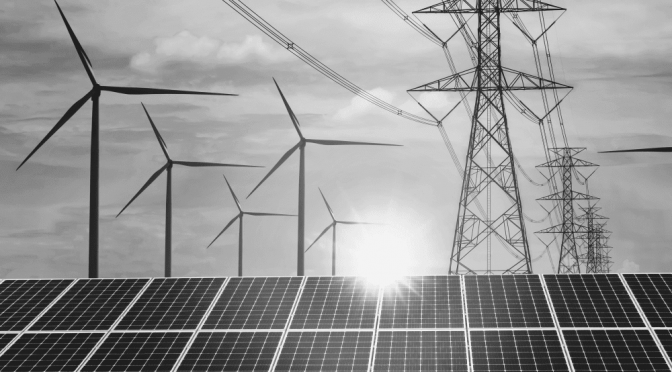15 states had at least 30% power from renewables in 2023. Southeastern US sees surge in photovoltaic generation.
The US generated about three times as much electricity from solar, wind and geothermal resources in 2023 than it did in 2014, a decade-long stretch that also saw the percentage of national retail power sales from these resources triple, nonprofits Environment America and Frontier Group said Oct. 23.
The “Renewables on the Rise” report, released annually since 2017, compiled by Environment America’s Research & Policy Center and Frontier Group, showed US generation from solar, wind and geothermal in 2023 totaled 679,818 GWh, up about 200% from 226,356 GWh in 2014. In addition, nearly 18% of national retail electricity sales in 2023 came from solar, wind and geothermal resources, up from 6% in 2014.
Environment America, made up of 30 state-based environmental advocacy organizations, and think tank Frontier Group used data from the US Energy Information Administration and the Department of Energy to show the nation’s progress in clean energy areas such as wind, solar, electric vehicles and battery storage over the past decade.
The report said the top five states for renewable generation in 2023 were Texas, California, Oklahoma, Iowa and Kansas. That same year, 15 states obtained 30% or more of the electricity they used from renewables, up from two states in 2014, according to the report.
“I think there’s a perception sometimes that renewable energy is most likely to be growing in blue (Democratic-leaning) states,” said Johanna Neumann, senior director of Environment America Research & Policy Center’s Campaign for 100% Renewable Energy. “And the data just shows that renewable energy in the United States is a 50-state project with red (Republican-leaning) states and blue states embracing the benefits of renewables. Put all together, the progress is that America is getting three times as much electricity from renewable sources than we did just 10 years ago. And I think that progress should give us confidence to do even more over the course of the next 10 years.”
Surge in solar, battery storage
The report highlighted a strong growth in solar generation seen in the Southeastern US. Alabama, Florida, Georgia, Tennessee, Virginia and the Carolinas saw a 33-fold increase in solar generation in the last decade, producing enough from that resource in 2023 to power more than 4.6 million average US households.
Overall, the US saw a more than 700% jump in solar-powered generation from 2014 to 2023, going from nearly 29 GWh to about 238 GWh, according to the report. The solar surge is primed to continue this year, as indicated by a recent American Clean Power Association report that said solar accounted for 61% of total clean energy capacity added in the second quarter of 2024.
The growth in solar generation around the country is being supported by increases in battery energy storage capacity. The Environment America report showed that 15.5 GW of battery storage capacity was online at the end of 2023, which was 97 times as much as seen in 2014 (160 MW) and 72% more than at the end of 2022 (9 GW).
“Battery storage is going to play a really critical role in helping America power itself with 100% renewable energy sources 24/7 because battery storage allows us to save the solar power that’s generated during the day into the shoulder hours when the sun isn’t shining and maybe when the wind hasn’t started blowing at full force yet,” Neumann said. “Another side benefit of battery storage is that during periods of high peak demand, when the strain on the grid is greatest, you can call on that battery capacity to provide electricity to the grid.”
Author Ronnie Turner Editor Richard Rubin Commodity Electric Power, Energy Transition


